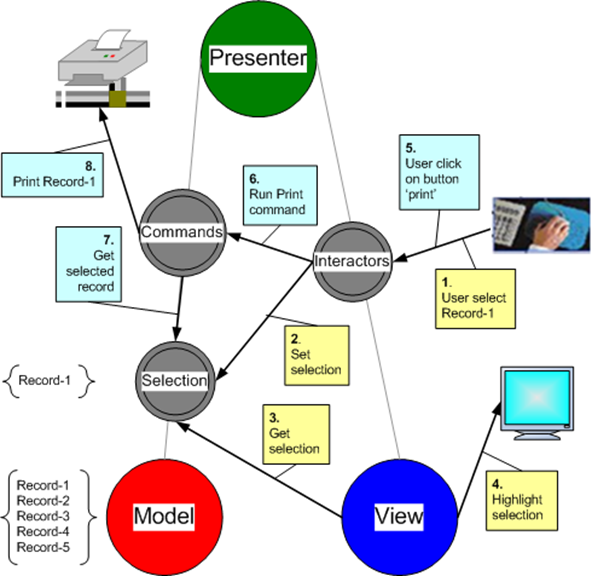

There are many different implementations of singleton design.

A public static method, to return the single instance of the class.A private constructor, so it cannot be instantiated anywhere else.A private static variable, holding the only instance of the class.It also uses its own getInstance()method to get the object to be used.Ī class using the singleton design pattern will include, Singleton Class Diagram Each iterator is developed in such a way that it is independent of another. Follows a factory-based method pattern in the way you get an instance of the iterator. Whichever object you want to iterate over will provide a method to return an instance of an iterator from it. One commonly used example of such a class in Java is Calendar, where you cannot make an instance of that class. Design: Iterator Pattern It is an interface-based design pattern. The Singleton Design Pattern is a Creational pattern, whose objective is to create only one instance of a class and to provide only one global access point to that object. Type 1: Creational - The Singleton Design Pattern In this post, we will go through one basic design pattern for each classified type. Behavioral: These patterns are designed depending on how one class communicates with others. The main goal of most of these patterns is to increase the functionality of the class(es) involved, without changing much of its composition.ģ. Structural: These patterns are designed with regard to a class's structure and composition. They can be either class-creation patterns or object-creational patterns.Ģ. Creational: These patterns are designed for class instantiation. Design Patterns Literature I Gamma, Helm, Johnson, Vlissides: Design Patterns, Elements of Reusable Object-Oriented Software. There are about 26 Patterns currently discovered (I hardly think I will do them all…).ġ. Design patterns are quite often created for and used by OOP Languages, like Java, in which most of the examples from here on will be written. Using these patterns is considered good practice, as the design of the solution is quite tried and tested, resulting in higher readability of the final code.
#DESIGN PATTERNS INDIRECTION HOW TO#
It is like a description on how to tackle these problems and design a solution.
#DESIGN PATTERNS INDIRECTION SOFTWARE#
Design patterns are design level solutions for recurring problems that we software engineers come across often.


 0 kommentar(er)
0 kommentar(er)
